Tubesets for our Bikes: Mule
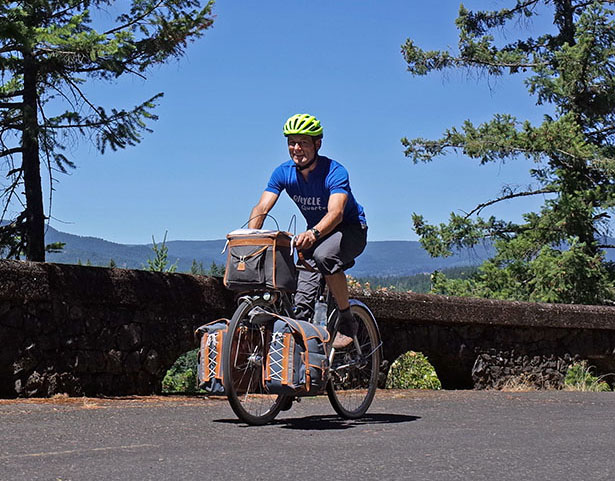
In addition to individual Rene Herse x Kaisei tubes, we offer three tubesets: Superlight, ‘Mule’ and Oversize. Each tubeset is based on bikes that we have found to work extremely well. Today we’ll look at the Mule. Named after my most versatile bike, it features an unusual configuration: an oversized down tube (31.8 mm diameter) for added stiffness, and a standard-diameter top tube (25.4 mm) for the flex characteristics that give our favorite bikes their lively feel.
Originally, I built the Mule for a trip to Japan as a Rinko bike that could handle both fast randonneur rides and loaded tours. The bike was intended as a test-bed for components and parts, and it was built in a rush, so we nicknamed it ‘The Mule,’ a name used by Italian race car builders for the bare chassis that they road-tested with rudimentary bodies to finalize suspension and engines, before the car went to the carrozzeria to have its real body added.
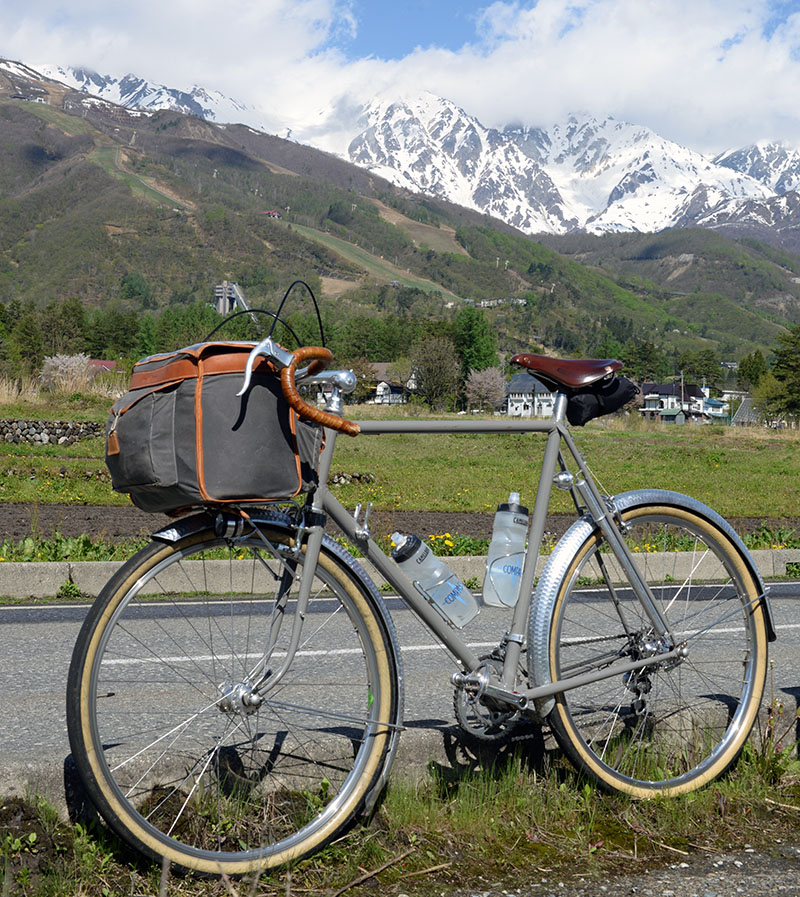
What makes the Mule different from most bikes is that it uses an oversized down tube (31.8 mm diameter), but a standard-diameter top tube (25.4 mm). While unusual, this configuration is not without precedent: René Herse built some camping bikes, as well as some tall frames, with similar configurations. Japanese Keirin builders also build bikes with this combination of tubing diameters. And when you look at modern high-performance carbon bikes, they usually have very slender top tubes and relatively massive down tubes.
This is very different from some bikes that use an oversized top tube and a standard down tube, making both tubes the same diameter (28.6 mm). With their stiffer top tubes, these bikes don’t perform well for the BQ Team and many other riders. They also tend to shimmy, probably because both tubes have very similar resonant frequencies.
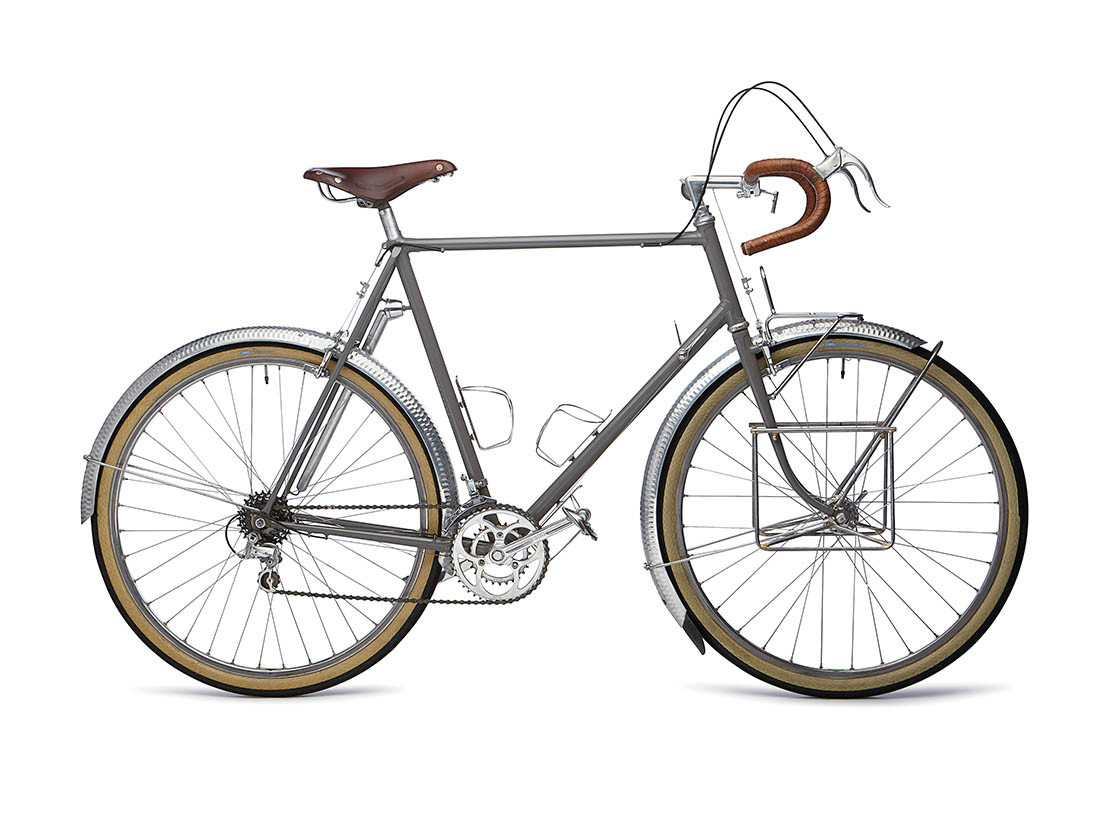
Going with a smaller top tube and larger down tube was an experiment. Would tweaking the balance of frame stiffness supercharge the Mule’s performance beyond anything we’d experienced thus far? The Mule has performed very well on many rides, but it isn’t a magic bullet: Careful back-to-back testing has shown that, for me, the Superlight tubeset gives the bike slightly better performance.
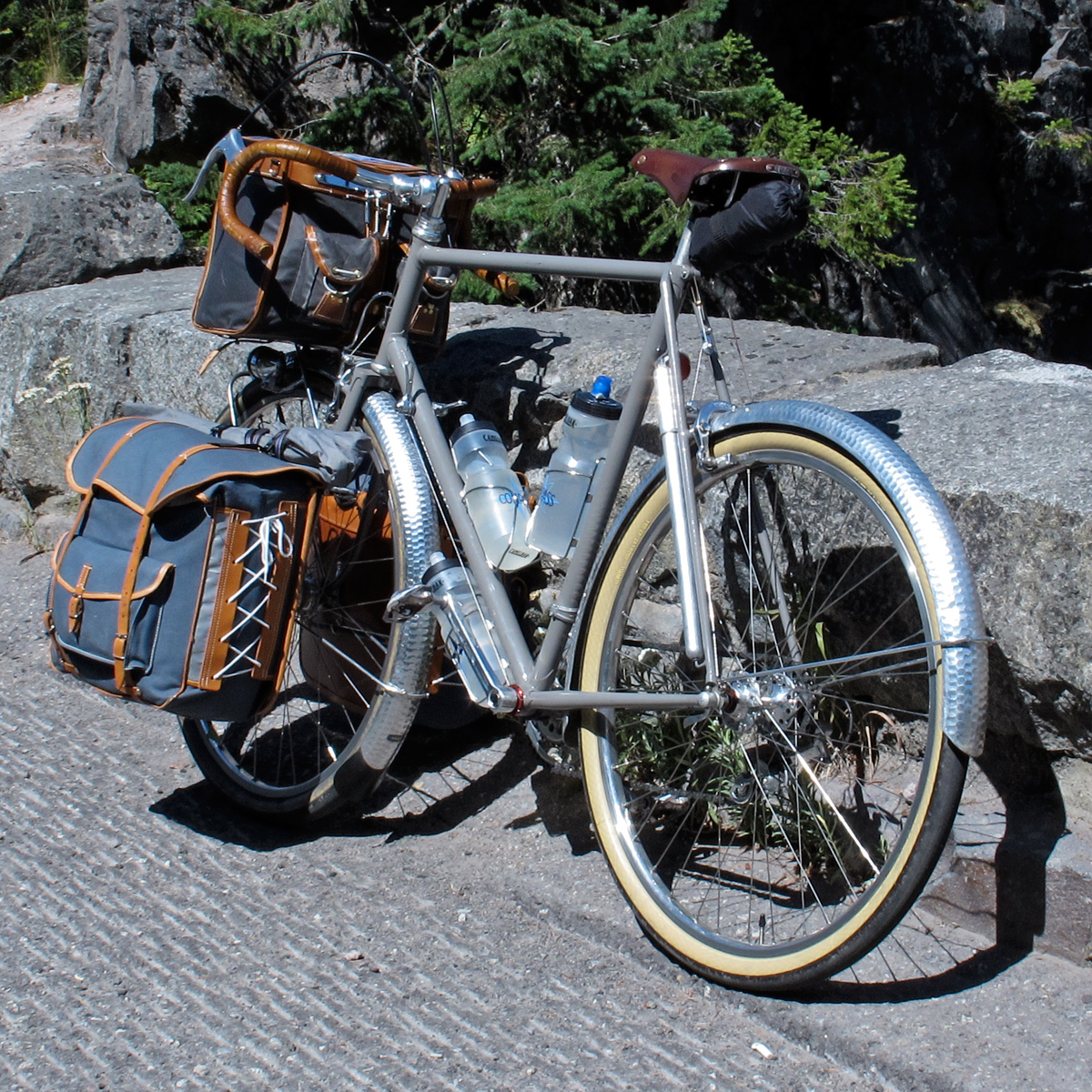
The Mule’s oversized down tube adds stiffness, yet the standard-diameter top tube keeps the flex characteristics that make for a lively feel. That makes the Mule perfect for carrying heavy front panniers. (I avoid loading up the rear, as that requires a much stiffer frame and also makes it difficult to rise out of the saddle.)
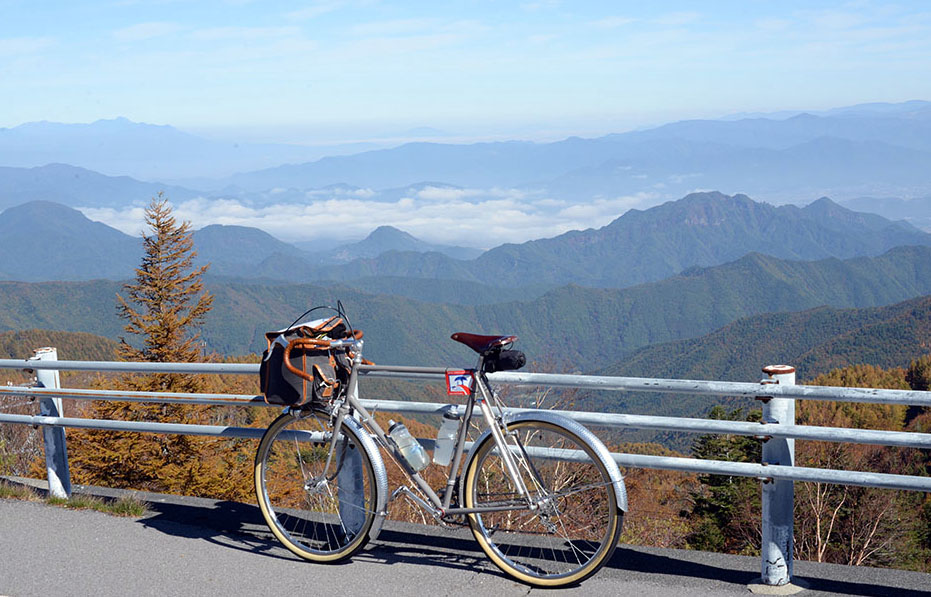
The Mule isn’t just for loaded touring. Some riders who’ve ridden the Mule really like the stiffer, more planted feel compared to the Superlight spec. The Mule doesn’t shimmy as easily – even with a Chris King headset, which is prone to shimmy, the Mule is well-behaved under most conditions.
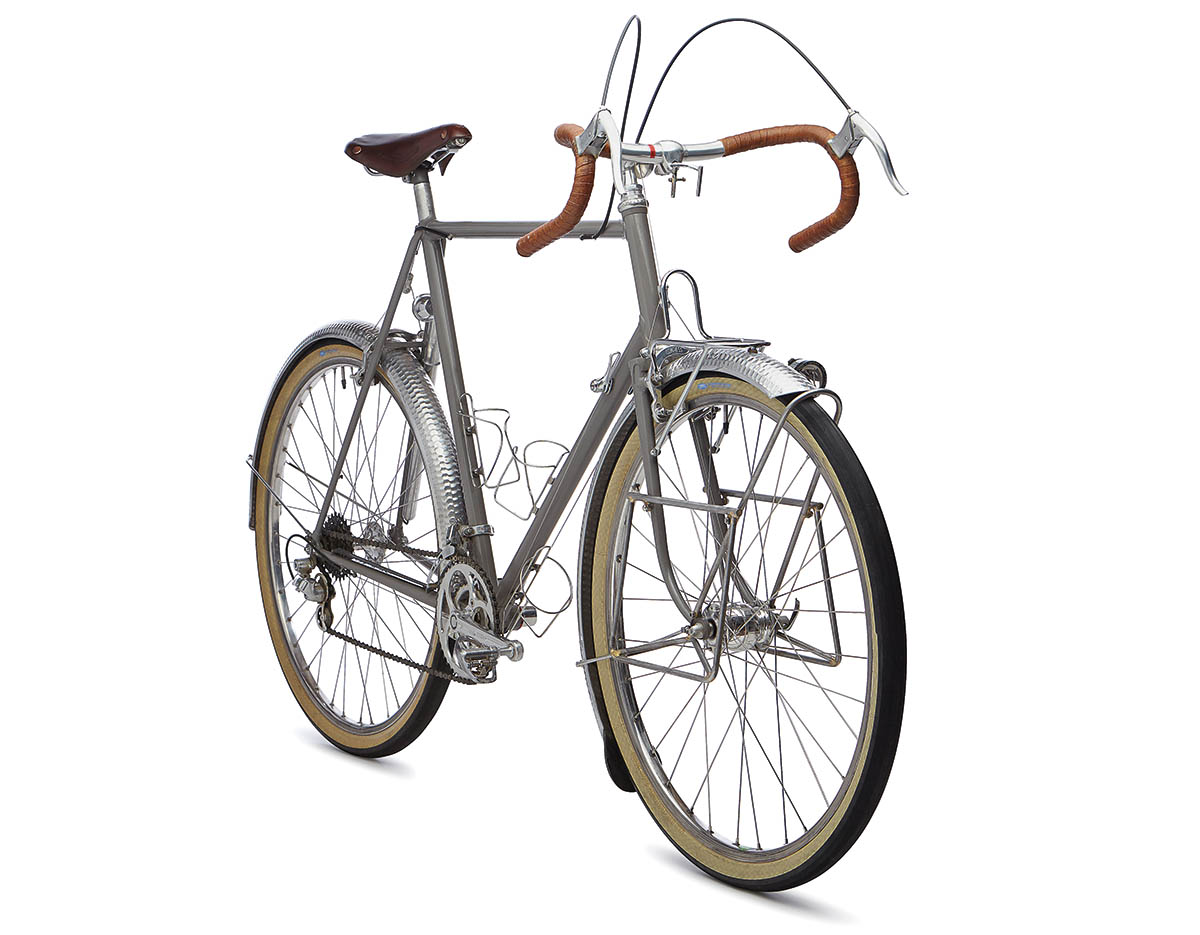
My Mule is built with a down tube that has just 0.35 mm-thick walls. With the large diameter and super-thin walls, we’ve found that this tube is very easy to dent. So for the Rene Herse x Kaisei tubes, we chose 0.5 mm walls for the unbutted center sections. We offer the tubes with longer thinwall ‘bellies,’ so the overall flex characteristics are very similar.
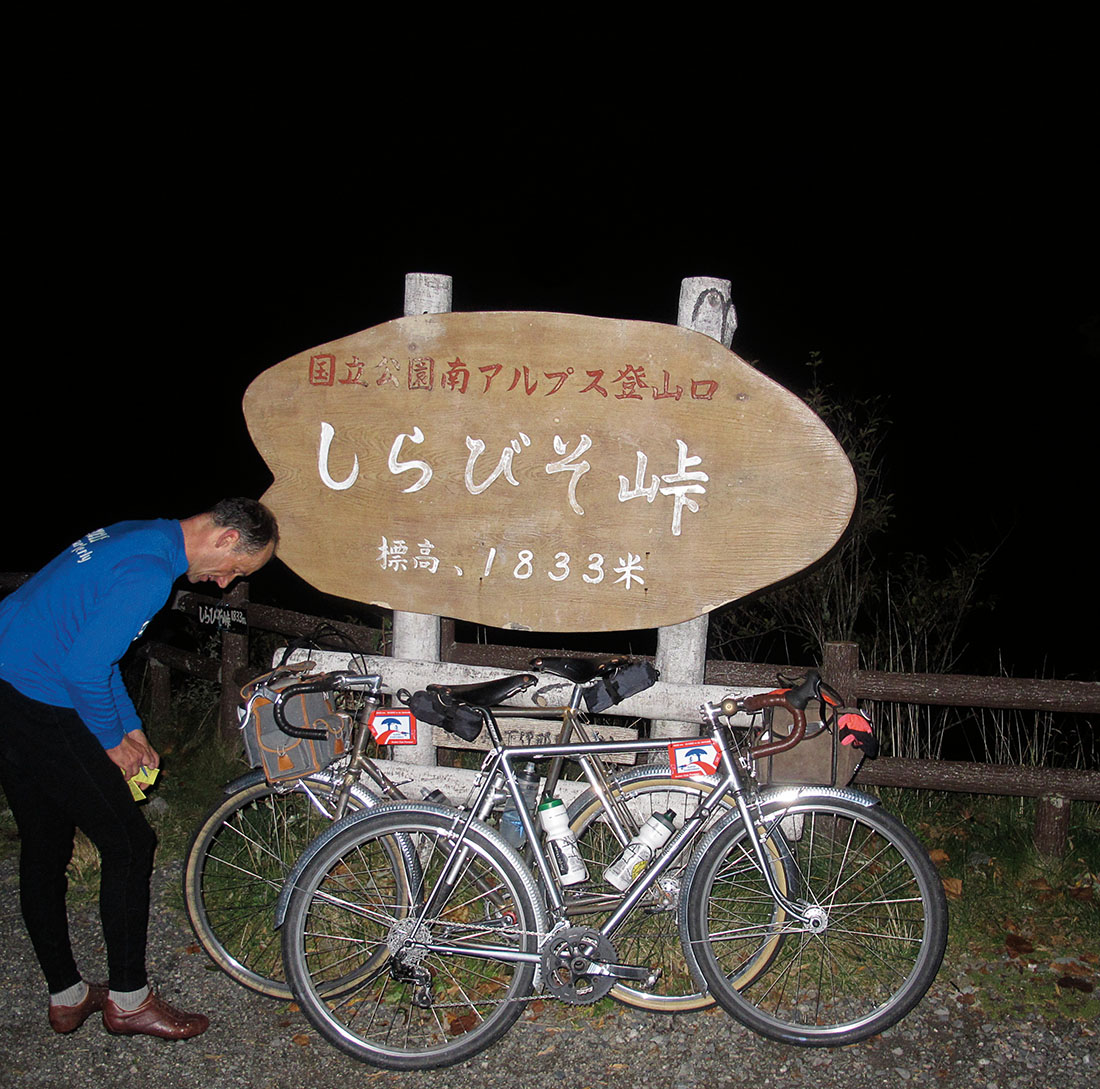
Even though I prefer the Superlight tubing for all-out performance, I’ve ridden the Mule in a Japanese 600 km Super Randonnée with 11,000 m (36,000 ft) of climbing, and the bike felt great throughout the ride. It was only during the back-to-back testing that I realized its (slight) performance deficit. Would I do the 765-mile Paris-Brest-Paris on the Mule, if my Superlight bike wasn’t available for some reason? Absolutely!
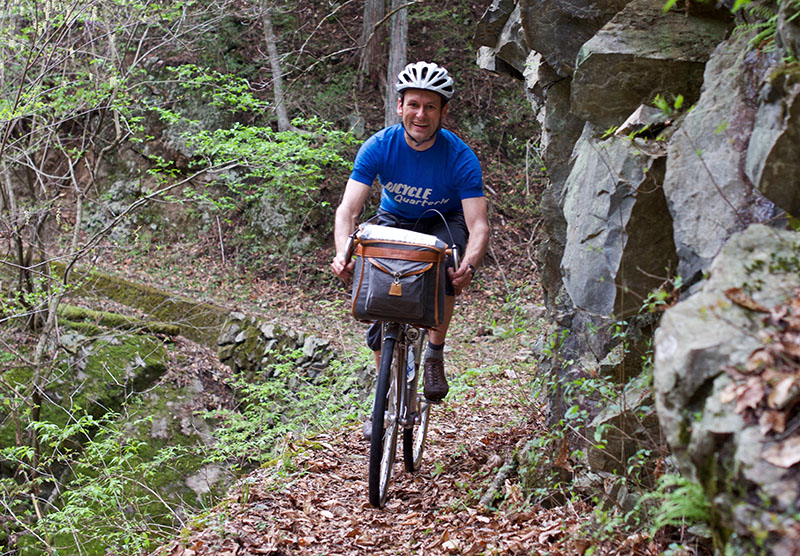
If I could have only one bike, I probably would choose the tubing spec of the Mule. How about you? Obviously, if you plan to go touring, the oversized down tube is a great choice. If you are concerned that the Superlight tubeset may make your frame feel too flexible, especially if you are a heavier or stronger rider, I would recommend the Mule’s tubeset as well. And if you are concerned about shimmy, the very different resonant frequencies of the top and down tubes apparently keep it from developing in most cases. Compared to the more specialized bikes in my stable, the Mule is a great all-rounder.
The final tubing selection for your bike is something to discuss with your frame builder, who will design your frame based your build, riding style, preference, and intended use of the bike. All our Rene Herse x Kaisei tubesets offer excellent performance that comes with a carefully designed balance of frame stiffness. As a Rene Herse exclusive, we offer these tubesets in two lengths, so you can get tubes optimized for your frame size. All tubes we sell feature Kaisei’s unmatched quality and experience that comes from supplying the tubes for the frames of thousands of professional Keirin racers. We import these tubes because we feel that there are no better tubes anywhere.
Further Reading:
- ‘Superlight’ tubeset with standard-diameter, ultrathin tubes
- ‘Oversize’ tubeset for stiffer frames
- Bicycle Quarterly 51 with the story of the Mule
- Bicycle Quarterly back issues with our research about frame stiffness


